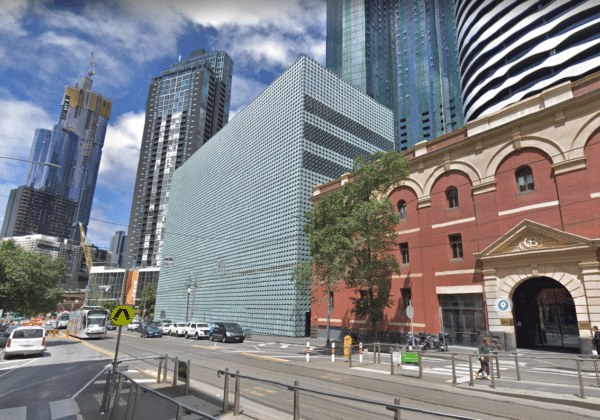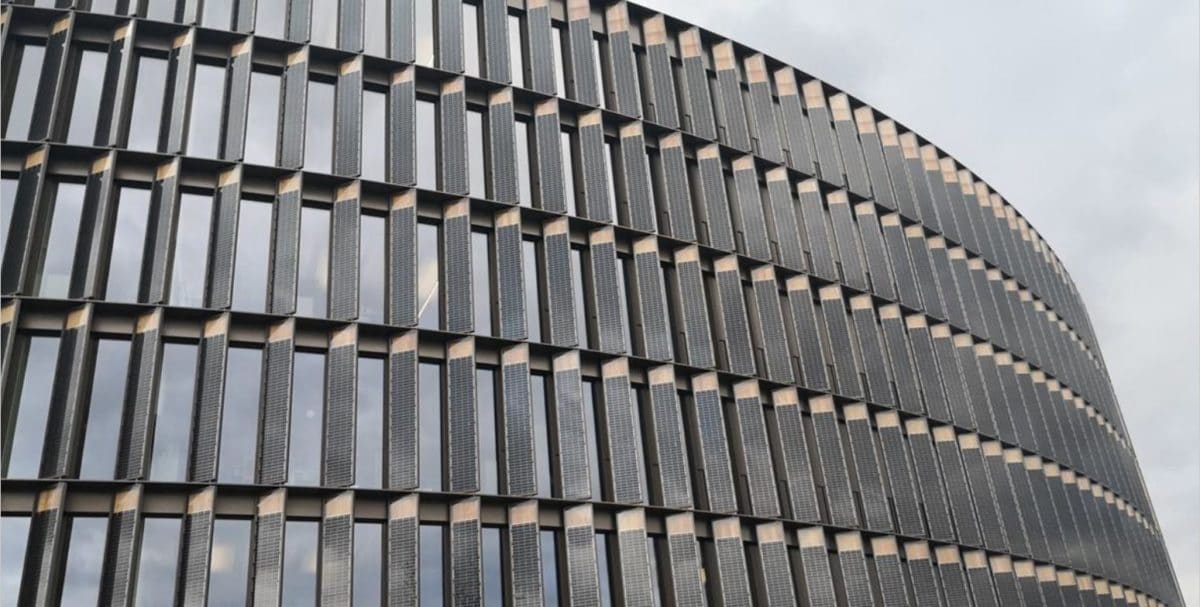BIPV is yet to enjoy the same widespread deployment as building-applied PV (BAPV), the roof-mounted solar modules that adorn more than 2.56 million homes across Australia, but the Australian PV Institute (APVI) this week declared the business case for BIPV is stronger than ever, identifying it as one of five key avenues for increased market penetration of PV.
Australia’s rooftop solar market is growing rapidly with the latest figures from PV market analysts SunWiz revealing capacity installed nationally, through to the end of November, is up 38% on the same time last year. The growth in PV is forecast to continue as renewable energies increasingly infiltrate the national energy market.
Price reductions of PV technology, improvements in efficiency and lifespan of technology, and enhanced energy storage capacity are also expected to influence the uptake of solar into the future but the APVI believes the versatility of BIPV means it has enormous potential for growth.
The business case recommendations are detailed in the latest International Energy Agency (IEA) report on BIPV which highlights that “building-integrated PV offers huge potential to exploit roofs and facades as a local energy source”.
Rebecca Yang, director of the Solar Energy Application Laboratory at RMIT University, was part of the IEA task force and said the report had identified multiple value-adding benefits “for these remarkable multi-purpose, energy-producing building materials”
“Our team of international researchers have uncovered a range of potential value in BIPV for building and construction industry stakeholders to consider,” she said.
While the IEA identified aesthetics and contribution to environmental sustainability as business case considerations for BIPV, the predicted success hinges primarily on its multi-functionality, its ability to replace other building materials while producing electricity.
“BIPV systems can take over a range of building functionalities which would otherwise need to be provided by conventional building components, providing potential for improved resistance, safety and stability of the building, its water and air tightness, noise protection, shading, privacy, insulation, daylight and comfort,” the APVI said in a statement.
“Another value of BIPV will be realised when building-attached PV or energy efficiency alone are no longer enough to cost efficiently meet energy-related requirements, particularly in locations where energy performance regulations dictate higher levels of sustainability compliance, such as Net Zero Energy buildings.”

Image: APVI
The report found BIPV is better suited to utilising larger parts of the surfaces of a building than mounted solar modules, and although less efficient per unit area, in some cases a larger area can be covered, resulting in a higher electricity yield in total.
The capacity for widespread use of BIPV on buildings has previously raised concerns. Scientists at Italy’s University of Genova and France’s Savoie Mont Blanc University found that BIPV performance could be severely compromised by a “darkening” effect which occurs when several vertical BIPV installations are located in the same area.
The IEA also highlighted the aesthetic value of BPVIs, declaring they have an “obvious advantage” over the building-attached modules.
“As opposed to BAPV, the electricity value is not necessarily the most important consideration in investment decisions for BIPV,” it said.
“BIPV may be utilised to visually integrate into the building, making it more palatable for some developments, or conversely become a feature to highlight its presence and provide reputational impact. The PV function becomes an added value of BIPV to the building and design.”
The report acknowledges also that there are potential challenges with BPVI, such as safety (eg. fire risk wiring), that do not apply to the same extent to conventional building materials.
The IEA said standardisation and certification would be crucial to facilitate the increased use of BIPV.
This content is protected by copyright and may not be reused. If you want to cooperate with us and would like to reuse some of our content, please contact: editors@pv-magazine.com.









You mention how crucial standardization and certification of BIPV is for more rapid adoption. Is EIA or others working on a global standard/protocol to address this?